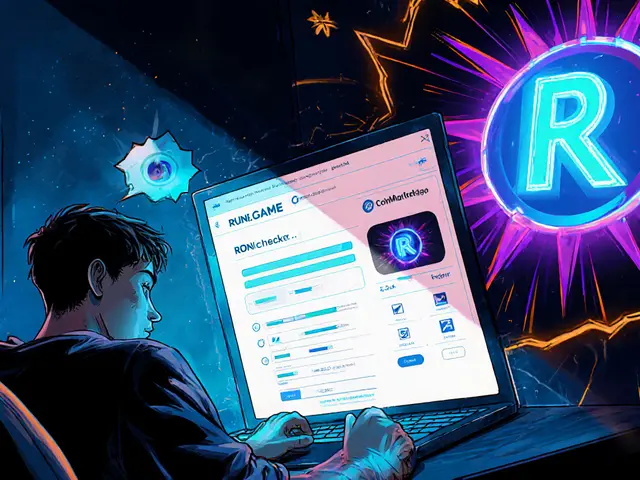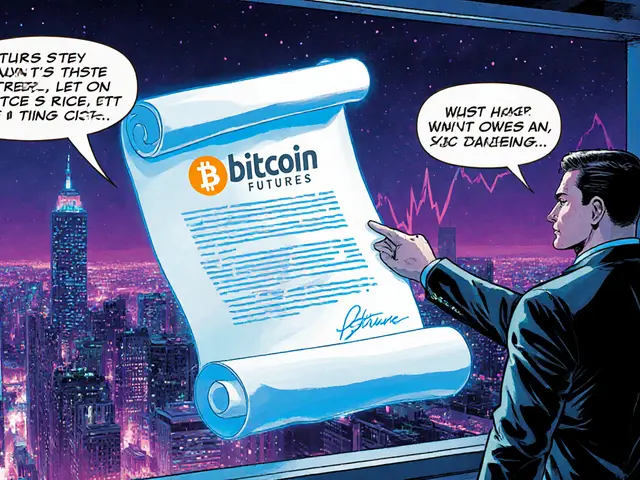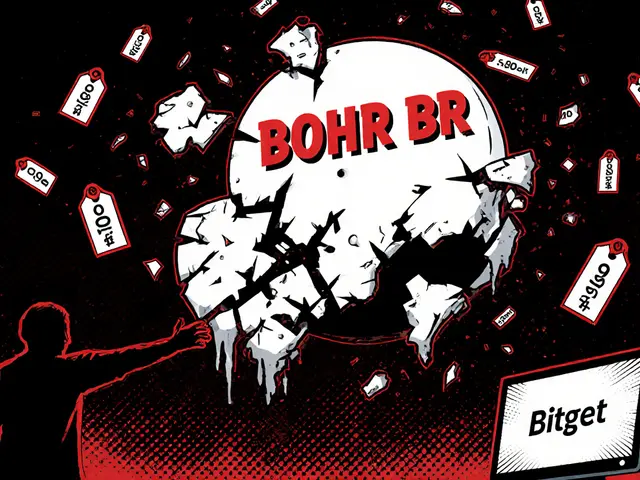- Home
- Blockchain
- What Are Gaming NFTs? A Clear Guide to Digital Ownership in Video Games
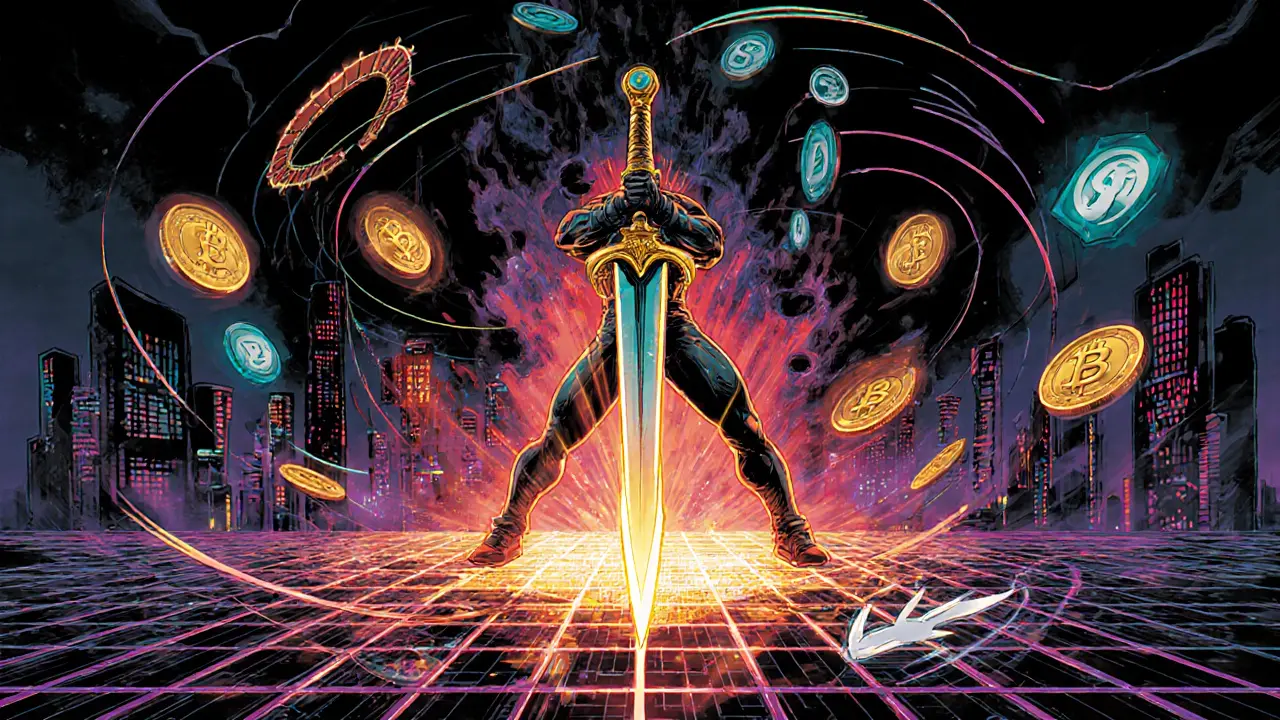
What Are Gaming NFTs? A Clear Guide to Digital Ownership in Video Games
Play-to-Earn NFT Game Earnings Calculator
How Much Could You Earn?
Calculate potential earnings from play-to-earn NFT games based on your playtime. Note: These are estimates only and actual earnings vary significantly.
Estimated Earnings
Note: Earnings can fluctuate based on market conditions. High volatility is common in NFT games.
Important Considerations
These estimates include typical gas fees (0.001-0.01 ETH) and assume:
- Consistent playtime
- Current market conditions
- No major price drops in game currency
What This Means
$0.00/hour
Equivalent to $/hour job
Based on average US minimum wage of $15.20/hour.
Imagine owning a sword in a video game that you can sell to someone else-outside the game-and actually make money from it. Not just a copy, not just a license you lose when you stop playing, but a real, verifiable digital item that belongs to you, no matter what happens to the game. That’s what gaming NFTs are. They’re not just pixels or textures; they’re unique digital assets recorded on a blockchain, giving players real ownership over things like weapons, skins, characters, and even virtual land.
What Exactly Is a Gaming NFT?
A gaming NFT is a non-fungible token tied to something inside a video game. Unlike Bitcoin or Ethereum, which are interchangeable (one Bitcoin is the same as another), each NFT is one-of-a-kind. Think of it like a signed limited-edition trading card, but digital. It has a unique digital fingerprint stored on a blockchain-usually Ethereum, Polygon, or Solana-that proves who owns it, when it was created, and every time it’s been traded.
These tokens can represent almost anything in a game: a rare dragon skin in a shooter, a legendary sword in an RPG, a plot of land in a virtual world, or even a special ticket to an in-game event. The key difference from traditional games? In most games, you don’t own your items-you’re just borrowing them. The game company can delete them, change them, or shut down the server and take everything away. With NFTs, your items exist on a public ledger. Even if the game disappears, your NFT still exists. You can hold it, trade it, or sell it elsewhere.
How Do Gaming NFTs Work?
Gaming NFTs run on smart contracts-self-executing code on a blockchain. When you buy a weapon in an NFT game, the smart contract handles the transfer automatically. No middleman. No company approval needed. Once the transaction is confirmed, the NFT is yours. You can store it in a crypto wallet like MetaMask, which holds your digital assets securely.
Most gaming NFTs are built on blockchains that support smart contracts. Ethereum was the first and still handles most NFT traffic, but it’s expensive and slow. That’s why many newer games use alternatives like Polygon or Solana. These chains are faster and cheaper-sometimes costing less than a cent per transaction. This matters because if every time you traded a sword cost $50 in fees, no one would play.
The NFT itself doesn’t live inside the game. It lives on the blockchain. The game just connects to it. So if you own a rare helmet as an NFT, you could, in theory, use it in multiple games-if the developers agree. That’s called interoperability, and it’s one of the biggest promises of NFT gaming: your stuff isn’t locked in one game anymore.
Play-to-Earn: The Big Promise
The most talked-about feature of gaming NFTs is play-to-earn. In traditional games, you spend hours grinding for loot that has no real-world value. In NFT games, you can earn tokens or NFTs that you can sell. The most famous example is Axie Infinity. In 2021, players in the Philippines and Venezuela were earning $10 to $50 a day just by playing, sometimes enough to replace their day jobs.
How? Players breed, battle, and collect Axies-digital creatures represented as NFTs. Each Axie is unique. Some are rare. Some sell for hundreds or even thousands of dollars. Players earn Smooth Love Potion (SLP), a cryptocurrency, by winning battles. They can trade SLP for real money on exchanges.
But here’s the catch: this model only works if people keep buying. When the price of SLP dropped in 2022, the economy collapsed. Daily active users fell from 2.8 million to under 400,000. Play-to-earn isn’t a magic money printer. It’s an economy. And like any economy, it can crash.
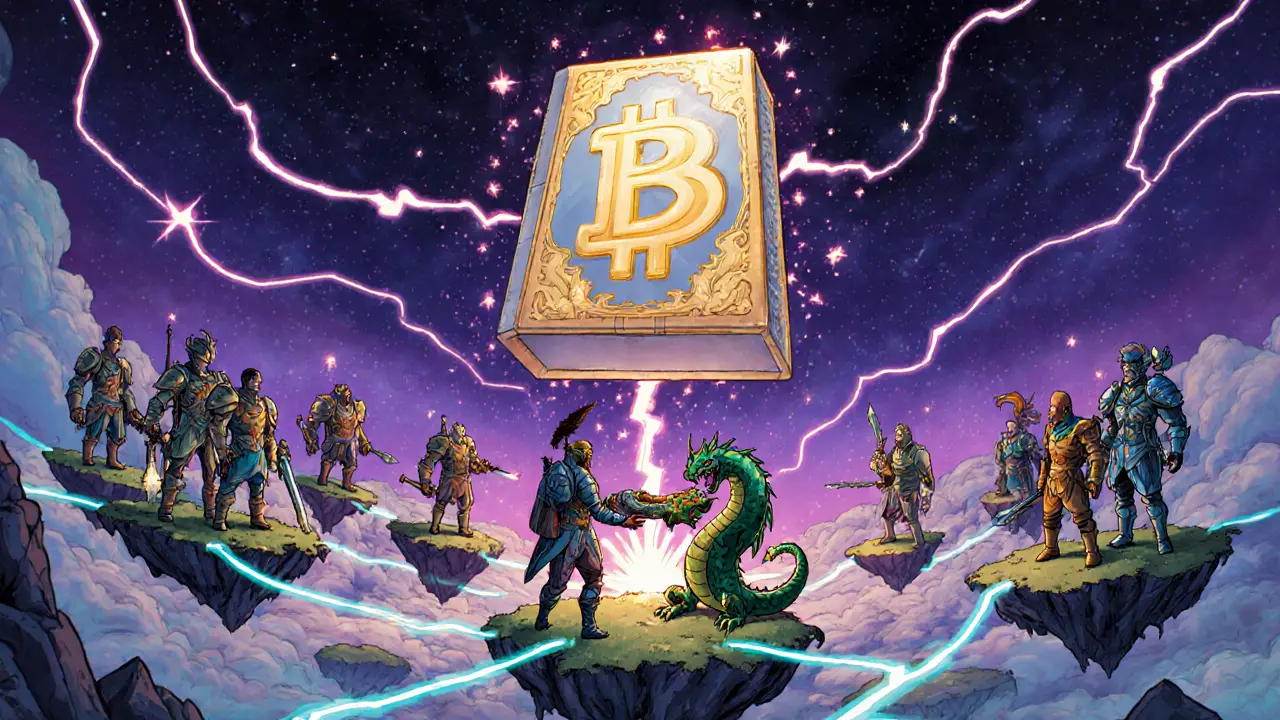
Why So Much Controversy?
Gaming NFTs have faced fierce backlash. Critics call them scams, bubbles, or just bad games with extra steps. In 2022, Steam banned NFT games entirely, saying they “undermine the artistic integrity of games.” Ubisoft launched its own NFT platform, Quartz, in late 2021-but after fan outrage, they shut it down in 2023.
There are real problems:
- High costs: Getting started means buying crypto, setting up a wallet, paying gas fees. For many, it’s too confusing.
- Volatility: An NFT you bought for $200 could be worth $20 a month later.
- Scams: Rug pulls-where developers vanish with investors’ money-are common. Over $1.7 billion was stolen in crypto scams in 2022.
- Environmental concerns: Ethereum used to consume about 707 kWh per transaction. While it’s switched to a greener model since 2022, the damage to its reputation stuck.
And yet, players keep joining. Why? Because for some, the chance to own something valuable in a game is worth the risk. Especially in countries where traditional jobs pay poorly, NFT games offer real income.
Are NFTs Actually Changing Games?
Some game studios are trying to make NFTs work without the hype. Instead of pushing speculation, they’re focusing on utility. For example, a character NFT might unlock exclusive quests or give you voting rights in the game’s future updates. Some games now let you use your NFTs as collateral for loans or rent them out to other players.
Platforms like Immutable X are seeing real growth-over 12 million monthly users in 2023-because they’ve built games where NFTs enhance play, not replace it. Gartner predicts that by 2026, 10% of major game studios will have integrated NFT systems. That’s up from less than 1% in 2022.
What’s changing? The focus. Early NFT games were mostly about flipping tokens. Now, developers are asking: How do we make this fun to play? How do we give players real value? The answer isn’t just “sell your sword.” It’s “own your sword, use it in more games, earn rewards, and help shape the world.”

What You Need to Get Started
If you want to try gaming NFTs, here’s what you need:
- A crypto wallet: MetaMask is the most popular. It’s free and works on desktop and mobile.
- Crypto to pay fees: You’ll need Ethereum (ETH), Polygon (MATIC), or Solana (SOL), depending on the game. Buy it on Coinbase, Kraken, or Binance.
- A game: Start simple. Try Gods Unchained (a card game) or Splinterlands. Both let you play for free and earn NFTs over time.
- Patience: Learning the system takes 8-12 hours for experienced users. For beginners, it can take 20+ hours.
And never share your wallet’s private key. Ever. If someone asks for it, they’re trying to steal your stuff.
The Future of Gaming NFTs
The hype cycle is over. The wild price swings are slowing. And that’s actually good. What’s left are real projects trying to build sustainable games with real ownership.
Look at what’s happening: new standards like ERC-6551 let NFTs own other NFTs. Imagine owning a character NFT that also owns a weapon NFT and a house NFT-all linked together. That’s the next step.
Big companies are still watching. Electronic Arts says they’re “not convinced.” But they’re also not ignoring it. The blockchain gaming market hit $4.6 billion in 2022, and while it dropped 63% after the crypto crash, it’s stabilizing. The players who stayed aren’t here for speculation. They’re here because they believe in digital ownership.
Gaming NFTs aren’t the future of every game. But they are the future of some games. And for players who want to own what they play, they’re already here.
Cormac Riverton
I'm a blockchain analyst and private investor specializing in cryptocurrencies and equity markets. I research tokenomics, on-chain data, and market microstructure, and advise startups on exchange listings. I also write practical explainers and strategy notes for retail traders and fund teams. My work blends quantitative analysis with clear storytelling to make complex systems understandable.
About
DEX Maniac is your hub for blockchain knowledge, cryptocurrencies, and global markets. Explore guides on crypto coins, DeFi, and decentralized exchanges with clear, actionable insights. Compare crypto exchanges, track airdrop opportunities, and follow timely market analysis across crypto and stocks. Stay informed with curated news, tools, and insights for smarter decisions.


